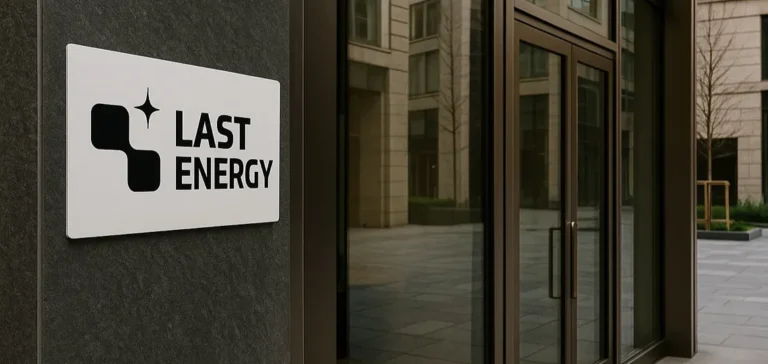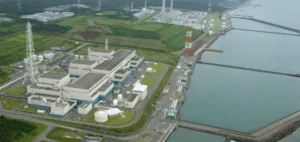The American company Last Energy, specialising in the development of micro nuclear reactors, has confirmed it has successfully completed the Preliminary Design Review for its PWR-20 project in the United Kingdom. This milestone, achieved with the British nuclear regulatory authorities, strengthens the forecast timetable targeting a site licence decision by the end of 2027 for the deployment of four microreactors in Llynfi, Wales.
Structuring regulatory progress
The project is led by subsidiary Last Energy UK Limited on a former 14-acre industrial site previously dedicated to coal-fired production. After the decommissioning of the Llynfi power station in 1977, the site remained unused. In January, Last Energy became the first microreactor company to formally enter the nuclear site licensing process for this type of installation in the United Kingdom.
The Preliminary Design Review, conducted jointly by the Office for Nuclear Regulation (ONR), the Environment Agency, and Natural Resources Wales (NRW), was completed in June. This process, initiated more than a year earlier, included technical workshops, in-depth discussions, and design assessment across three areas: organisational plans and arrangements, environment and decommissioning, and safety analysis.
A modular industrial model
The PWR-20 technology is based on a pressurised water reactor with a capacity of 20 MWe (megawatts electric) or 80 MWt (megawatts thermal). The system is designed for assembly using prefabricated modules, transported and installed in less than 24 months. This model is primarily intended for the private industrial sector, with each plant installed directly at the customer’s site, independently of national grid development requirements.
The joint regulators’ report specifies that the target for a site licence decision by December 2027 remains achievable, subject to adherence to the timetable and requirements set during the Preliminary Design Review. The regulators also noted that Last Energy plans to address the identified regulatory expectations as the PWR-20 design progresses towards a more site-specific assessment for Wales.
Financing and outlook
In December, Last Energy received a letter of intent from the Export-Import Bank of the United States for USD103.7mn in debt financing relating to the Llynfi project. In January, the company also obtained a grid connection offer from National Grid Electricity Distribution for an export capacity of 22 MW.
Michael Jenner, Chief Executive Officer of Last Energy UK, welcomed the clarity of the British regulatory process for micronuclear, stating that this accelerated framework enables the provision of precise guidance for the next stage of technical and regulatory evaluation.






















